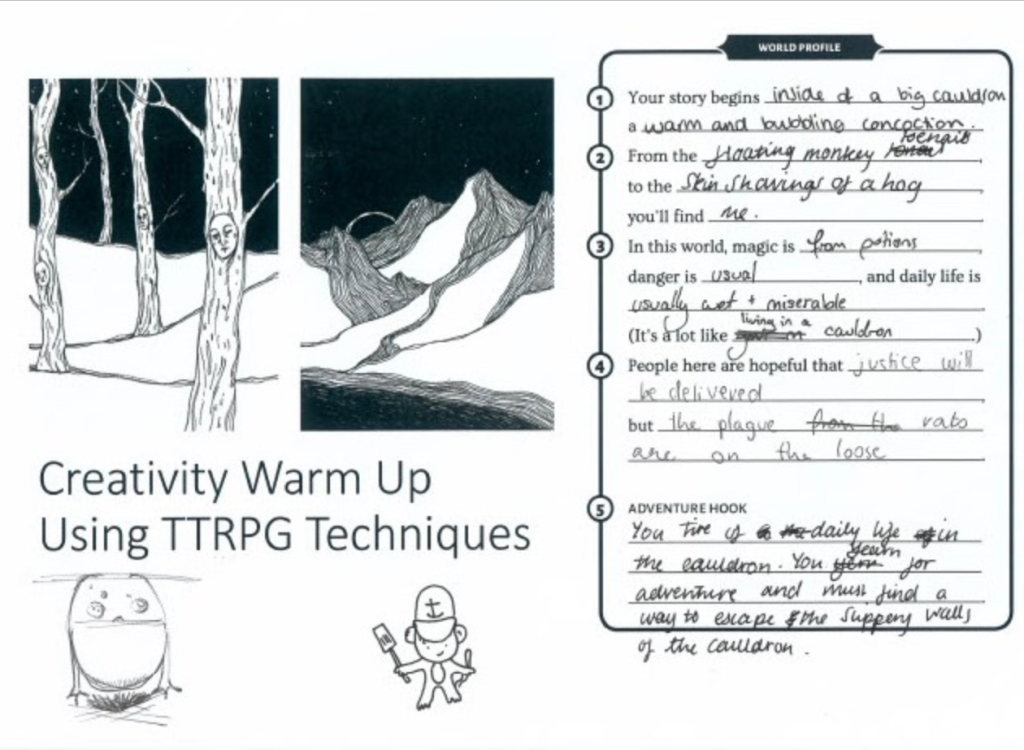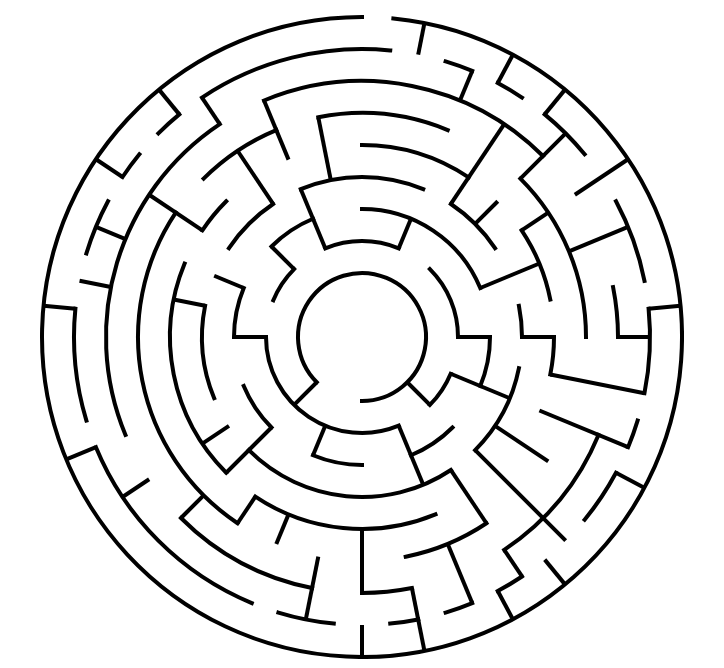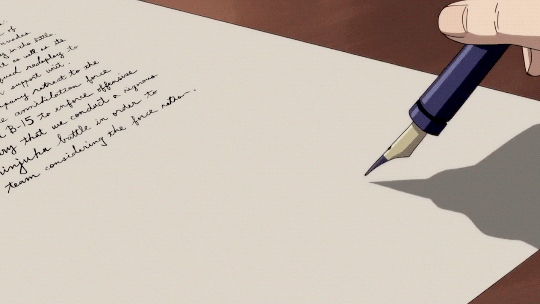In Week 2 we looked at game spaces and worldbuilding to flesh out our Week 1 ideas. A gameworld is a dynamic system of interconnected and indepedant variables. As Jorgenson puts it, “Gameworlds are world representations designed with a particular gameplay in mind and characterised by game-system information that enables meaningful player interaction.”
A gameworld consists of:
- How the player navigates through the world
- How the world reacts to the player
Additionally, there is a marked difference between a “place” and a “space”, in that a place is always a space, but spaces are not always places. Space becomes a place when it has been filled with human connections. So in order for videogames to feel like they are places, instead of just spaces, despite having no real life human connection behind them, we need to rely on three principles: identity, self-motivated and self-organised action, and traces of memory.
Key Principles of Worldbuilding:
- Prioritize believability
- Be expansive/open
- Focus on tangibility
- Find inherent pressure
The goals of worldbuilding should always be tied to the goals of your game, and reflect one another. It should be in support of all its additional principles, such as genre, playstyle, audience, tone, etc.
To me, a gameworld is one thing: a vehicle for the player. Oftentimes we’re told to create these big, expansive worlds with interconnected cultures, and while that is important, I find it is moreso important to find out what the story, metaphor, or play needs first. Sometimes a tiny, well thought-out gameworld with limited scope is better than a huge, ambitious one. I myself find I am less drawn to massive, open-world games as I am littler, metaphorical ones, with simple mechanics.
WEEK 2 WORKSHOP:
For our week 2 workshop we were given a worksheet and told to fill in the blanks between groups. My group came up with a very silly gameworld that took place inside of a cauldron. My contribution was number 3. While not terribly useful for my game PARANOIA, it was a fun exercise!!

Guest Speaker: Oguz Doma
Our guest speaker, Oguz Doma, enlightened us with his knowledge on architecture and games about how to structure worlds and levels. Architecture is more than the backdrop, but conveys important information about the type of world you’re in via aesthetics, atmosphere, and location.
Video games are also unique from other narrative media because they offer the player ineractivity, agency, and flexible operational time within gameplay that cannot be done in other narrative media like TV and literature.
We were then tasked with breaking down our gameworld into a triadic structure – selecting an area or region in our game and breaking it down into the following features:
- Environment
- Gameplay Elements
- Visual and Sensory Details
ENVIRONMENT:
- The corridors are cold, impersonal, and long
- The Watcher’s room is more cramped and cosy, but almost oppressively so
GAMEPLAY ELEMENTS:
- FOR THE WATCHER
- Monitoring cameras
- Changing the tower layout to confuse the Watched
- Luring the Watched to specific places that will kill them before they kill you
- FOR THE WATCHED
- Sneaking
- Running
- Hiding
- Disguising?
- Cutting wires of specific cameras?
- The goal is to make your way to the Watcher’s room at the top (bottom?) of the tower, and kill them to escape.
VISUAL AND SENSORY DETAILS:
- FOR THE WATCHER
- No movement permissable; you must spend all your time confined to one room
- The room is dark
- The room menacingly hums with electricity
- The TV monitors are overly bright, drawing the eye to them
- FOR THE WATCHED
- Spends most of their time in the tower’s corridors, trying to creep up
- Harsh lighting contrasted with deep shadows
- The colours of the environment are grey and impersonal
- The colours of your character are overly bright and eye-catching, like orange prison jumpsuits
- Complete silence except for the player’s footsteps and breathing
Next we looked at level design. I already had an idea of the structure I wanted for my game – an enormous, mazelike tower, whose mood changes just ever so subtley from one floor to the next so it never feels like the mood is growing more sinister, but it is. I also want vents in between certain rooms to avoid cameras better, and the maze should allow for walls to be moved by the Watcher to confuse the player further.


Leave a Reply